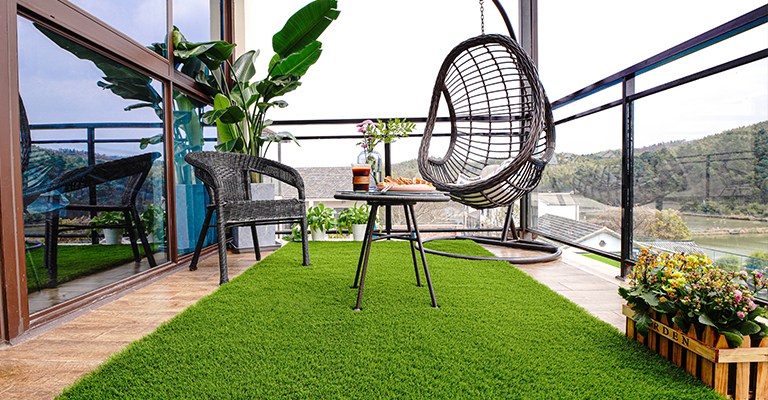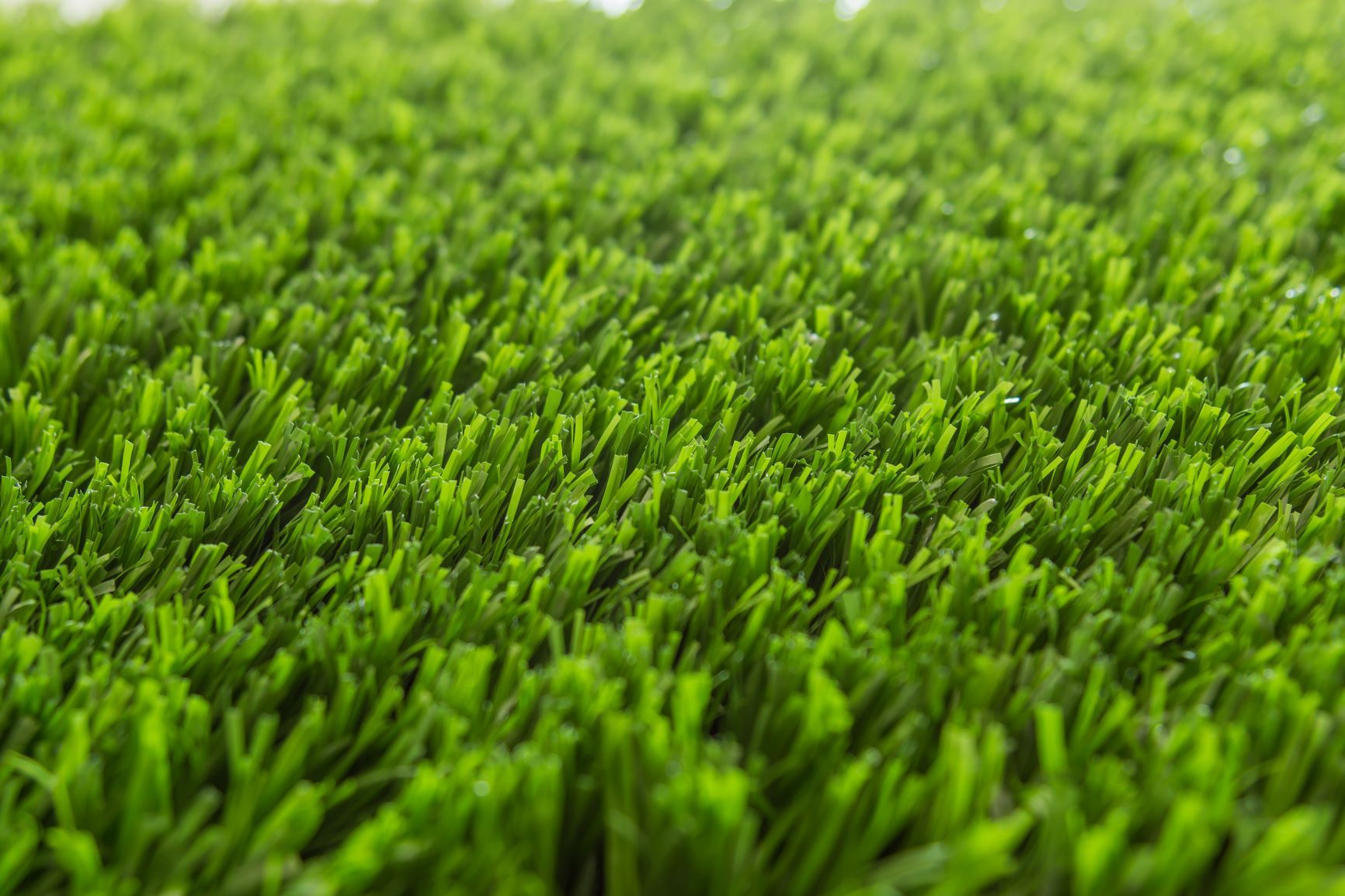Find the Top Artificial Turf Companies Phoenix for Your House or Commercial Space
Find the Top Artificial Turf Companies Phoenix for Your House or Commercial Space
Blog Article
Delve Into the Environmental Perks of Opting for Synthetic Grass Solutions
The adoption of synthetic grass options offers an engaging opportunity to resolve pushing ecological obstacles. By significantly lowering water usage and reducing the application of dangerous chemicals, these alternatives not only advertise sustainable landscaping yet also shield local ecological communities. Moreover, the lower carbon footprint connected with reduced upkeep tasks adds to an extra sustainable strategy to land management. The ramifications of these benefits extend beyond simple preservation efforts, increasing inquiries about their long-term influence on environment conservation and total environmental equilibrium. Exploring these measurements exposes an intricate interaction worth considering.
Water Conservation Conveniences
One of one of the most substantial benefits of synthetic grass is its ability to conserve water. Traditional lawn yards call for considerable irrigation, specifically in areas prone to dry spell or water limitations. On the other hand, man-made turf does not need watering, substantially decreasing the total need for water resources. This attribute is specifically advantageous in deserts where water shortage is a pressing worry.
By removing the requirement for routine watering, synthetic grass adds to lasting landscape techniques and aids minimize the ecological impact of extreme water intake. The conservation of water extends to the decrease of drainage, which can lead to dirt disintegration and river pollution.
Additionally, the setup of synthetic grass permits districts and house owners to assign water sources much more successfully, concentrating on essential usages such as drinking water and agriculture. The shift in the direction of synthetic turf not only advertises accountable water usage however additionally lines up with more comprehensive ecological goals intended at protecting natural deposits.
As communities significantly focus on sustainability, the water conservation benefits of synthetic grass offer an engaging instance for its adoption in property and commercial landscape design jobs.
Minimized Chemical Use
The change to artificial grass significantly reduces the dependence on chemical treatments frequently utilized in natural yard upkeep. Conventional grass administration generally entails the application of plant foods, pesticides, and herbicides to promote growth and control parasites. These chemicals can position risks to human health, neighborhood wildlife, and the environment, adding to dirt and water contamination.
On the other hand, synthetic grass gets rid of the requirement for these dangerous compounds. When installed, it needs marginal maintenance, primarily including normal cleansing and occasional infill replenishment. This reduction in chemical use not just profits the prompt setting but additionally adds to broader ecological stability. By minimizing the release of synthetic substances right into the environment, synthetic grass promotes much healthier dirt and water supply.
In addition, the lack of chemical runoff linked with man-made turf setups assists safeguard neighborhood rivers from contamination, supporting water life and preserving biodiversity. Turf installation phoenix az. As areas significantly prioritize lasting practices, selecting fabricated lawn provides a practical service that aligns with ecological conservation objectives. Via this change, residential property owners can take pleasure in lush green spaces without compromising ecological health, leading the way for a more sustainable future
Reduced Carbon Footprint

Additionally, the installation of man-made lawn can lead to considerable water conservation. Natural lawns need considerable amounts of water for watering, which not just includes to the carbon footprint associated with water removal and treatment yet additionally pressures neighborhood water sources. In comparison, artificial turf needs very little upkeep, needing no watering, thus substantially decreasing water usage and its associated energy prices.
In addition, the durability of synthetic grass contributes to its lower carbon influence. With a life-span of up to 15 years or more, the demand for constant replacements is decreased, causing less waste and lower energy consumption in production and dealing with conventional turf options. In general, synthetic grass offers a sustainable option for eco conscious landscaping.
Environment Conservation
Habitat preservation is an important consideration in the argument over landscape design options, particularly when comparing synthetic grass to all-natural lawn. Natural lawn lawns frequently call for extensive upkeep, including the usage of plant foods, chemicals, and herbicides, which can adversely impact regional ecological communities. These chemicals can seep into the soil and waterways, harming native plants and animals and disrupting regional environments.
Artificial grass removes the requirement for harmful chemicals, consequently securing nearby wildlife and preserving the honesty of surrounding communities. The installation of artificial lawn can lead to the conversion of previous grass locations right into more biodiverse landscapes, such as pollinator yards or indigenous plant locations, which can sustain regional wildlife.
Inevitably, the shift to synthetic turf not just preserves water official site and decreases upkeep efforts yet likewise fosters an extra harmonious partnership in between human tasks and the natural surroundings, advertising environment conservation while doing so.
Long-Term Sustainability
Lasting sustainability is a vital consider assessing the benefits of man-made lawn over conventional yard lawns. One of the most considerable advantages of fabricated grass is its toughness; it can last approximately 15-20 years with very little maintenance, whereas all-natural turf requires constant reseeding and substitute. This durability reduces the demand for consistent sources, such as water, fertilizers, and pesticides, which are crucial for maintaining a healthy and balanced grass lawn.
Furthermore, synthetic grass adds to a decrease in carbon exhausts related to yard care equipment. Conventional yards typically call for gas-powered lawn mowers, trimmers, and blowers, all of which contribute to air pollution. Turf installation phoenix az. In comparison, synthetic grass removes the requirement for such equipment, advertising a cleaner environment
Additionally, the manufacturing of synthetic grass increasingly uses recycled materials, boosting its sustainability profile. As makers take on environment-friendly practices, the ecological impact of artificial turf proceeds to decrease.

Conclusion
The fostering of synthetic grass solutions presents considerable ecological benefits, consisting of significant water conservation, minimized reliance on hazardous chemicals, and a reduced carbon footprint. Fabricated turf aids in preserving natural habitats by reducing land disturbance and advertising long-term sustainability through the use of sturdy materials. Jointly, these elements highlight the possibility of fabricated turf to add positively to ecological health and provide a sensible choice to conventional landscaping methods in a progressively resource-conscious globe.
In comparison, synthetic grass does not need watering, substantially lowering the total demand for water resources. By reducing the release of synthetic substances into the ecological community, artificial grass promotes healthier soil and water systems.
Moreover, the setup of fabricated lawn can result in significant water conservation. In comparison, man-made lawn needs very little maintenance, requiring no watering, thus dramatically minimizing water usage and its connected energy expenses.

Report this page